● Power and chassis: 2.0T+7, using MLB platform.
This test is equipped with the third generation EA888 2.0T, which is matched with the 7-speed G (wet) powershift. This power system is also its star product. The maximum engine horsepower is 224 HP /4500-6250rpm, and the peak value is 350 Nm /1500-4500rpm.

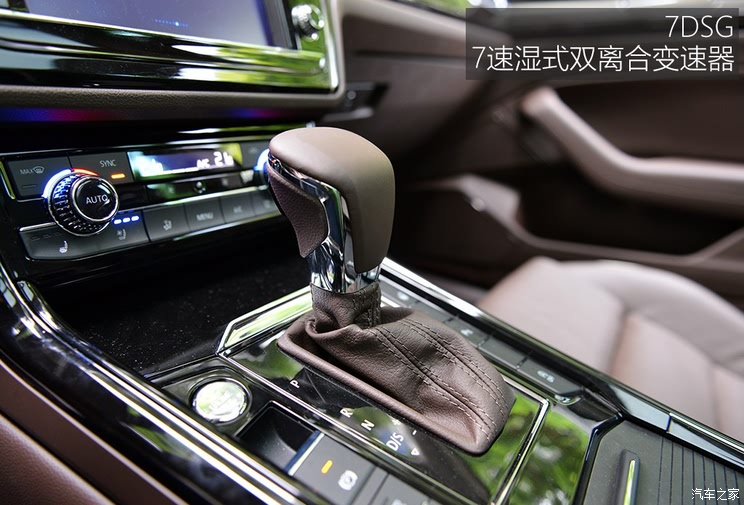
Although I look forward to the performance of the 3.0 model as much as everyone else, to be fair, the main sales force of Huiang in China market in the future will definitely be the 2.0T model, and the former has more significance just to prop up the facade of this flagship model.
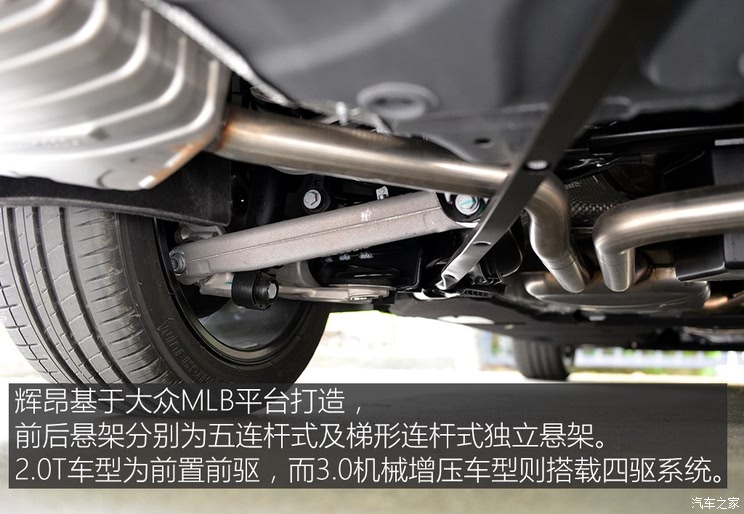
In terms of chassis, Huiang adopted MLB platform, so the engine was changed to vertical layout. However, the 380 model we tested only adopted a new drive form. According to the news we obtained before, all 3.0 supercharged models will be equipped with four-wheel drive systems. The first five links and the rear trapezoidal link are adopted, and the model tested this time is not equipped with DCC variable suspension system.
● Driving experience: calm and comfortable
Just like almost all Volkswagen models I have driven before, Huiang doesn’t need a long time for people and cars, and it can be easily controlled. When I first came into contact with Huiang, I felt very similar to my own Passat. After all, these two models are mainly administrative and business-oriented, and the whole vehicle adjustment is obviously comfortable.
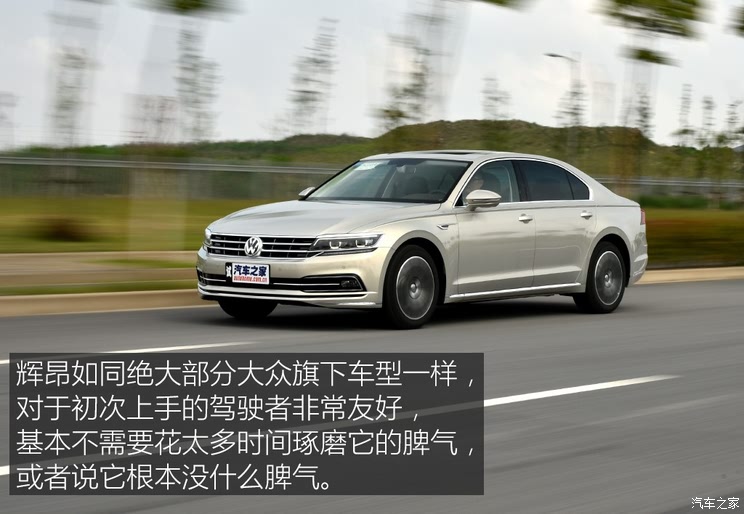

With linear throttle response, moderate steering wheel feedback and soft suspension damping, Huiang can create quite excellent driving quality, which can be summed up in a rotten but easy-to-understand word: solid. I’m sorry I really can’t think of a more appropriate description than this word, but it’s true.
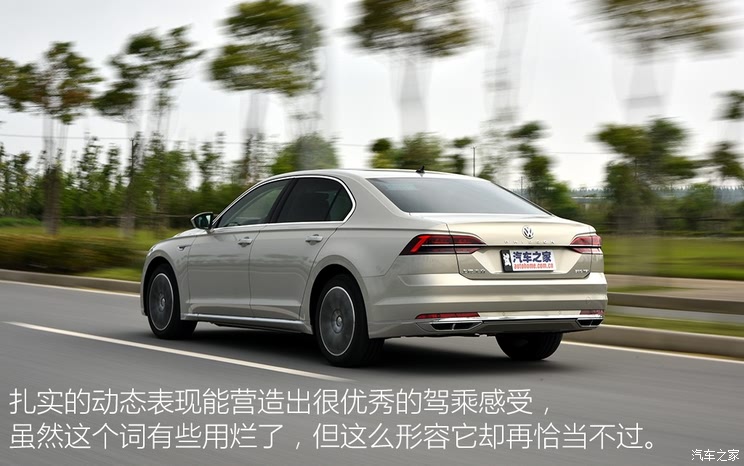
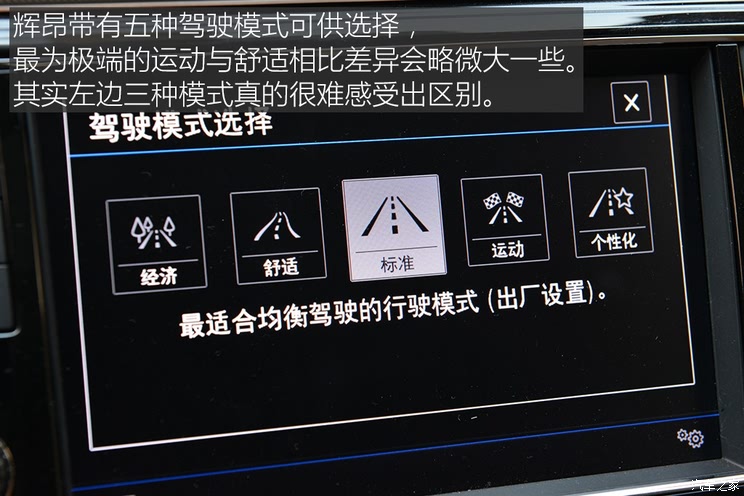
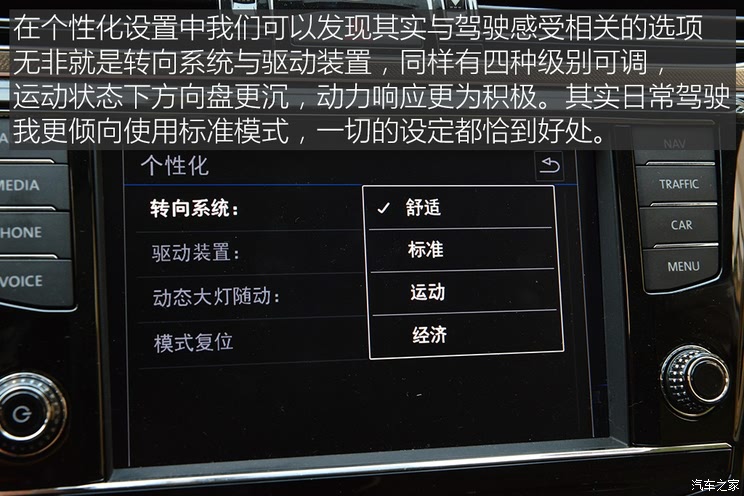
Although the 2.0T engine sounds less exciting than the 3.0L supercharge, it can bring a brisk acceleration feeling in any speed range. The throttle response in D gear mode will be slightly dull, which is estimated to be an adjustment made to take care of passengers’ comfort. After stepping on the accelerator deeply, the downshift is positive, which is consistent with DSG’s consistent performance. In addition, the shift movement at low speed is also quite gentle, which can be compared with the manual transmission.
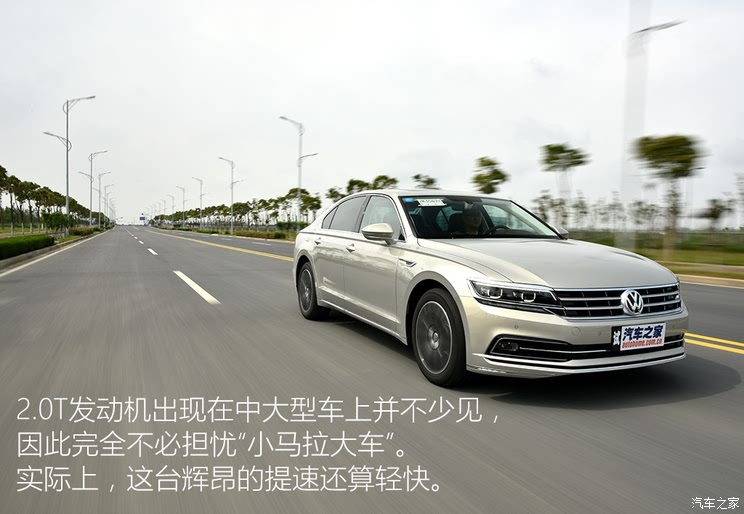
When it is shifted to S gear, the usual split personality phenomenon of the public has not been reflected much in Hui Ang. The only difference with D gear is that the opportunity to shift gears is greatly delayed. After all, the maximum power speed range of this engine is not low, and the driving computer will maintain the speed above 3000rpm, so that each throttle can urge the vehicle to run forward quickly. But … Hui Ang, flying on the road, doesn’t seem to be in tune with its steady aura.
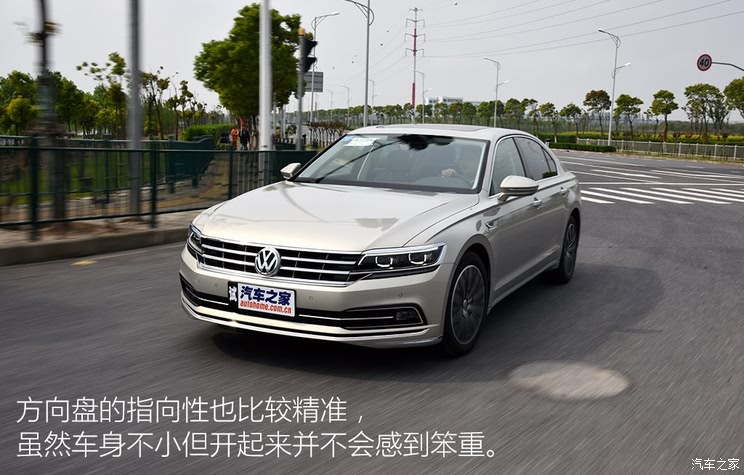
The feedback of Huiang steering wheel keeps the clear road sense of Volkswagen models, and it is not as if there is a thick sponge between the car body and the road like the new models. As for whether this adjustment is good or bad, it really varies from person to person. Personally, I still prefer this setting. After all, accurate steering and powerful steering wheel feedback can make me feel more practical.
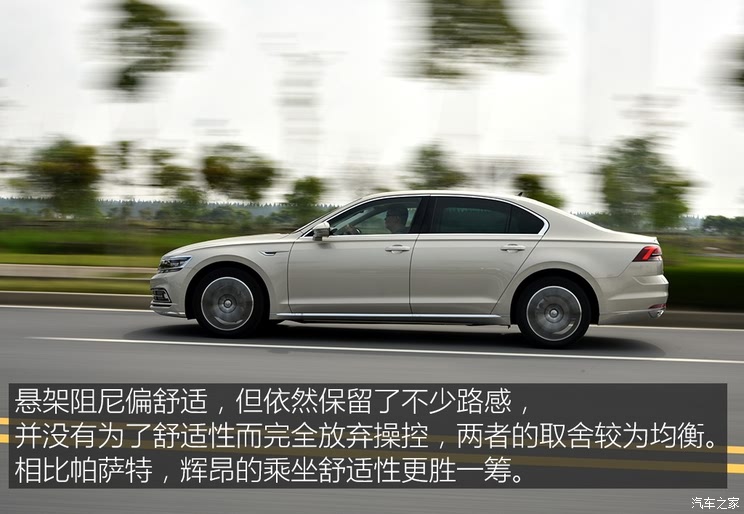
I believe many friends are also curious about the difference in driving experience between Huiang and Passat. In fact, I began to ponder how to describe this car when I got it, but it is really difficult to express it figuratively. If Passat gives me the impression that it is "easy to drive" and "comfortable", then Huiang not only retains the gene of "easy to drive" but also has a great improvement in comfort. The spacious interior space, excellent sound insulation, comfortable seats and properly adjusted suspension system can make Huiang have a great leap in sensory quality. The accumulation of advantages can always achieve the effect of 1+1 > 2, which may explain why Huiang is far superior to his fellow brothers in driving experience.
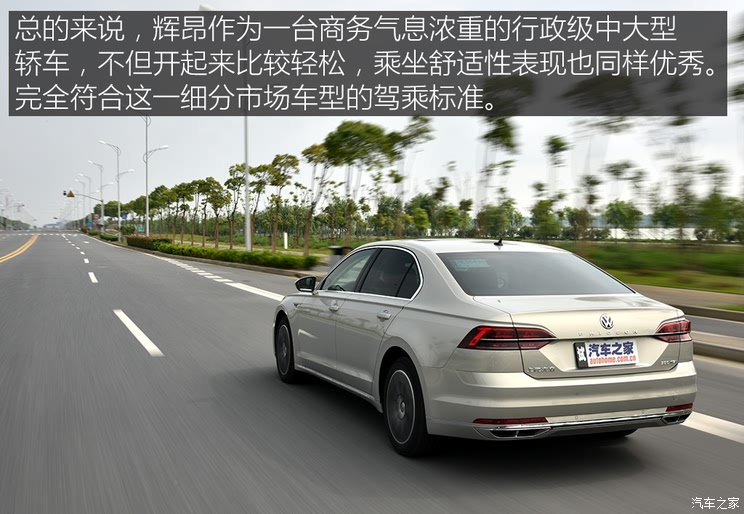
On the whole, Hui ‘ang has basically nothing to be picky about in driving and riding. The driving experience is steady, the power is brisk, and the excellent riding comfort created by various factors has not sacrificed a certain sense of road, and the overall performance is more balanced. It’s just that our test model is not equipped with DCC. As for whether it can be optional, we are not clear at present. If this system can be blessed, it will perform better.
关于作者